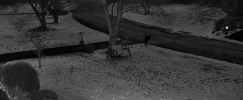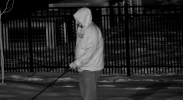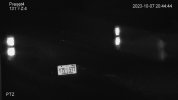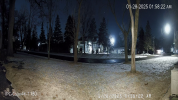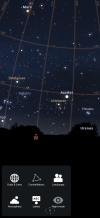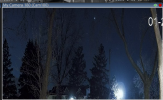Hi all,
I have been reading this forum for a while, and often the advice I read here is to avoid buying Reolink. There are no good arguments or facts to support the advice, so I am asking here to dump all the concrete examples why Reolink should be avoided with concrete facts or own experience. Comparisons, camera specs, etc.
I am asking because I am looking to upgrade a bunch of cameras.
My experience and current setup:
My cameras are on a separate network with no access to internet. NVR is Synology's Surveillance Station (any camera model is fine). I have to upgrade at least 3-4 cameras to get human/vehicle detection at key points (driveway, front lawn, entry points), but I have 15 upgradable cameras in total.
I have used a couple Reolink and Amcrest indoor cameras in the past, but not for surveillance. Reolink still works after 5-7 years; Amcrest too, but the camera model is too cheap. Both Reolink and Amcrest have a crappy microphone that produces noise (too much gain I guess). Another recent experience with Reolink is to upgrade the firmware of a camera they sent me for free years ago (RLC410-5MP). I never used it, but now I am consider to put it on to replace one of the broken surveillance cameras. The RLC410-5MP firmware was too old to upgrade with newest firmware, but Reolink support provided the files for step wise upgrades and I managed to bring it up to date. So, Reolink's support seem to work fine.
Now, bring it on, why do you think Reolink is not worth considering? AI detection quality, prices, etc, anything you can argue is fine, just not the usual "Reolink is crap"
Thank you.
I have been reading this forum for a while, and often the advice I read here is to avoid buying Reolink. There are no good arguments or facts to support the advice, so I am asking here to dump all the concrete examples why Reolink should be avoided with concrete facts or own experience. Comparisons, camera specs, etc.
I am asking because I am looking to upgrade a bunch of cameras.
My experience and current setup:
My cameras are on a separate network with no access to internet. NVR is Synology's Surveillance Station (any camera model is fine). I have to upgrade at least 3-4 cameras to get human/vehicle detection at key points (driveway, front lawn, entry points), but I have 15 upgradable cameras in total.
I have used a couple Reolink and Amcrest indoor cameras in the past, but not for surveillance. Reolink still works after 5-7 years; Amcrest too, but the camera model is too cheap. Both Reolink and Amcrest have a crappy microphone that produces noise (too much gain I guess). Another recent experience with Reolink is to upgrade the firmware of a camera they sent me for free years ago (RLC410-5MP). I never used it, but now I am consider to put it on to replace one of the broken surveillance cameras. The RLC410-5MP firmware was too old to upgrade with newest firmware, but Reolink support provided the files for step wise upgrades and I managed to bring it up to date. So, Reolink's support seem to work fine.
Now, bring it on, why do you think Reolink is not worth considering? AI detection quality, prices, etc, anything you can argue is fine, just not the usual "Reolink is crap"
Thank you.

 (plus look at the blur on the face and he is barely moving and this should be ideal indoor IR bounce and it struggles):
(plus look at the blur on the face and he is barely moving and this should be ideal indoor IR bounce and it struggles):
